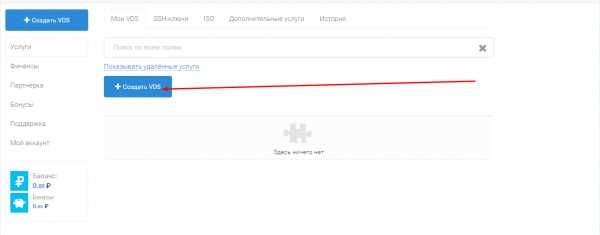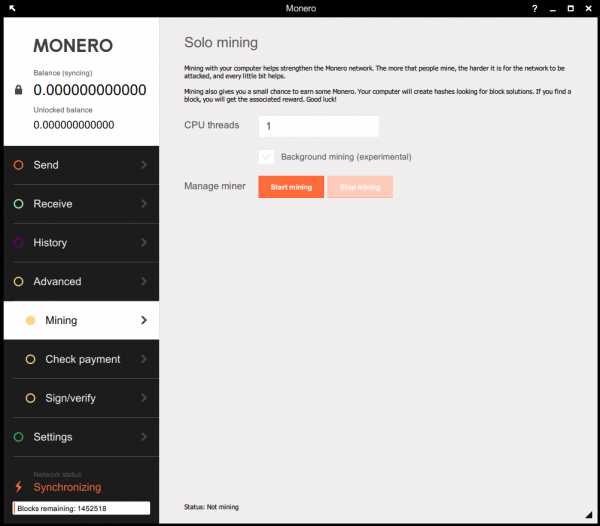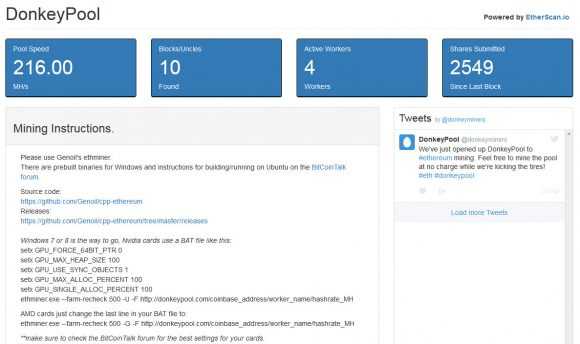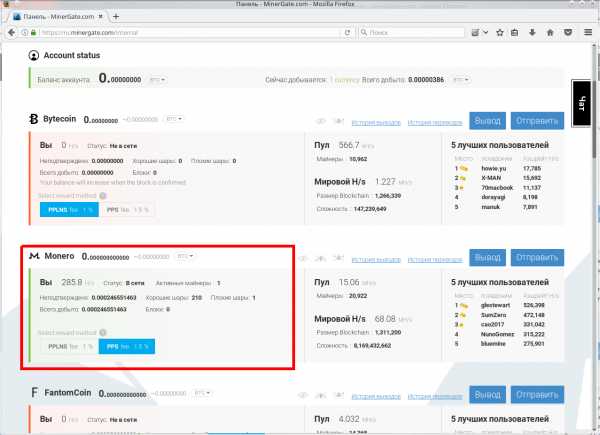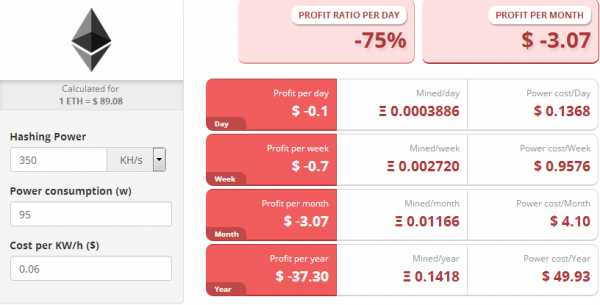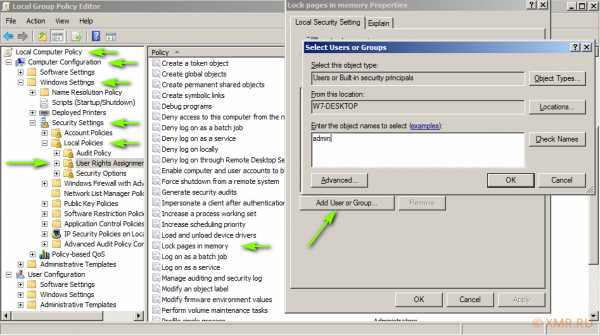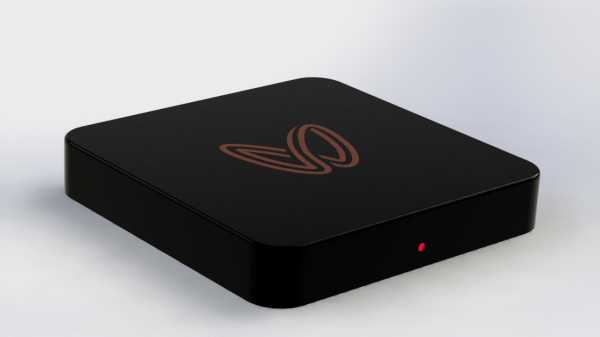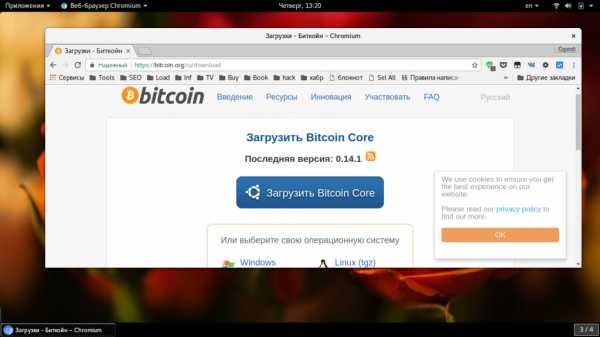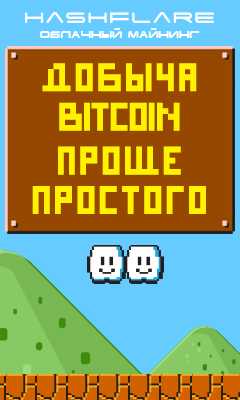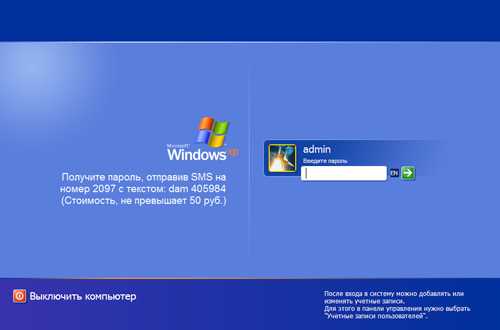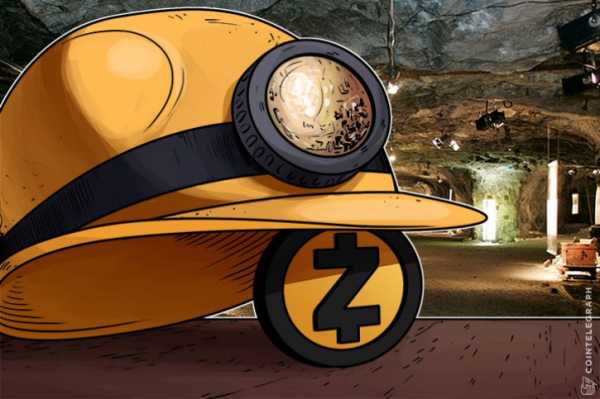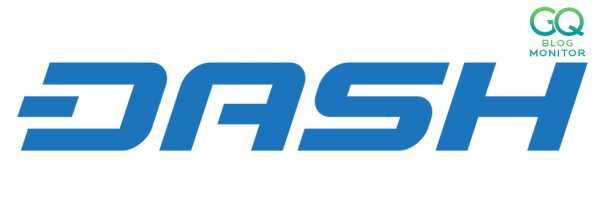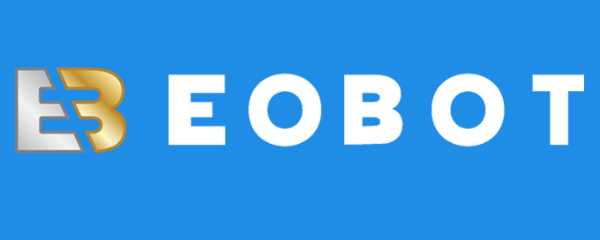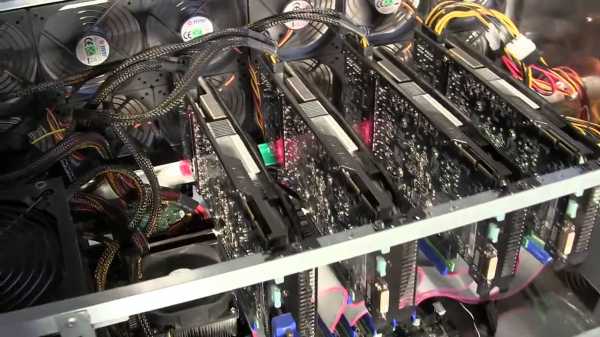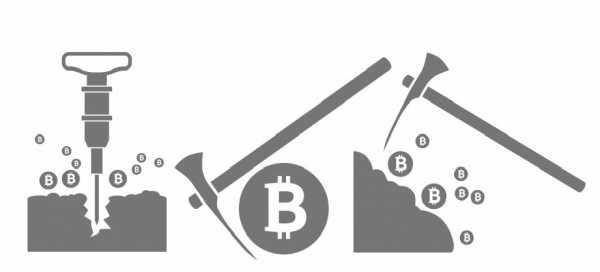Майнинг монеро на linux
Как майнить Monero на CPU в Linux
Сегодня мы постараемся разобраться с добычей Monero в операционных системах на базе ядра Linux (DEB-дистрибьютивы). Это дорогостоящая криптовалюта, ориентированная на конфиденциальность, децентрализацию и масштабируемость. Почему я пишу именно о ней? Ну ответ прост: «Я нищеброд и у меня нет денег на нормальную видеокарту». Отчасти так и есть, да и надо уже было написать что-то, давненько ничего сюда не постил. Вот и выбор мой пал на эту валюту, ведь по идее с ней должно быть проще (имхо, мне так кажется, не знаю почему… мысль не обоснована). Ну да ладно давайте разбираться.
В отличие от Etherum, мы можем майнить Monero даже со старым ноутбуком. Это, конечно, не принесет много профита, но раз есть возможность, то почему бы и не попробовать. И для начала нам необходимо будет заиметь у себя такую утилиту как xmr-stak-cpu.
Как установить xmr-stak-cpu в Linux
Я рекомендую использовать xmr-stak-cpu, т.к. это очень быстрое и экономичное решение с открытым исходным кодом. Нам придется скомпилировать его, поэтому нужно будет установить следующее программное обеспечение:
sudo apt install libmicrohttpd-dev libssl-dev cmake build-essential libhwloc-dev |
Затем загружаем сам майнер:
wget https://github.com/fireice-uk/xmr-stak-cpu/archive/master.zip |
Разархивируем его:
Далее заходим в появившийся каталог:
Запускаем CMake:
После того как процесс завершится устанавливаем майнер:
Кажется все. Теперь в каталоге появилась папка «bin» и нам нужно в неё попасть:
Как настроить xmr-stak-cpu
Отредактируем файл конфигурации. Обычно все что нужно сделать: указать адрес пула, адрес кошелька и пароль пула, который мы используем. Это просто имя машины и адрес электронной почты. Вот пример.
nano config.txt
„pool_address” : „здесь пишем пул”, „wallet_address” : „кошелек”, „pool_password” : „пароль”, |
После того, как готов файл конфигурации, запускаем:
И Monero начнет добываться.
На это все. Спасибо за уделенное время. Удачи.
Поделиться новостью в соцсетях « Предыдущая запись Следующая запись »tuxrider.ru
Monero Mining on Linux made easy with Docker
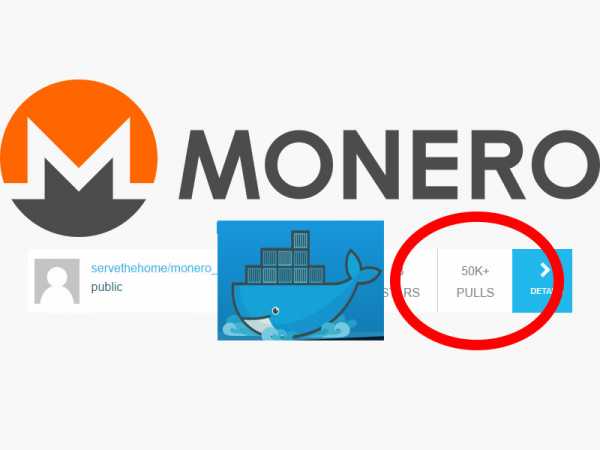 Monero File
Monero File One week ago we published our Monero Mining Benchmarks: CPU Mining With Select Dual Intel Xeon E5 Systems article. At the end of that article, and in the STH forums we posted a quick how-to instruction guide for using Docker on Ubuntu Linux, CentOS or any other Linux operating system and mining Monero. In the past week since we published that article, we have now had over 50,000 pulls from our Docker hub repository which is an amazing response. Today we are going to have our formal guide on running the Docker-based CPU miner.
The Quick Monero Background
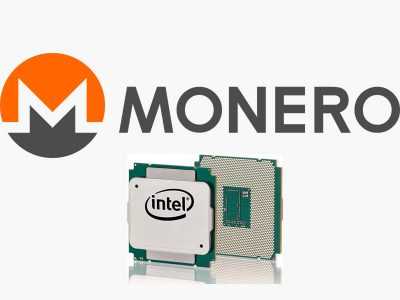 Monero Logo With Xeon E5 Series
Monero Logo With Xeon E5 SeriesAt the turn of 2017, and for the past several years, Bitcoin has been the largest cryptocurrency by far. Monero is a cryptocurrency that put an emphasis on privacy and is considered significantly more anonymous than Bitcoin. As a result, Monero has moved from a $0.50 / 1 XMR currency a year ago to $12.50/ 1 XMR as of today. That movement, and the privacy focus, has made Monero a top 5 cryptocurrency and pushed it into the mainstream with even a recent WIRED article on the currency.
The advantage of this has been that Monero is now very easy to exchange and has tools that are more mature than several other cryptocurrencies. For STH readers there is a larger implication. Unlike Bitcoin mining which is dominated by ASICs, Monero is currently best mined on GPUs. CPU mining can be profitable as well. That means STH readers have the infrastructure able to mine Monero.
CPU Mining with Monero and Docker
There are hundreds of questions out there on how to mine Monero with CPUs and various Linux distributions. Docker and our pre-made container makes that ridiculously simple. There is no more dependency hunting, build troubleshooting, or other work. Just a simple command to run the popular Wolf’s CPU miner.
Just to give you an idea of how easy this is to setup and use, within 8 days we rocketed past 50K Docker Hub pulls on our minergate image.
Monero Docker Hub Pulls as of 2017-02-08We did account for a few dozen of these pulls when we deployed it using Docker Swarm on our test cluster.
Step 0: Install Docker (if it is not already)
If you want to install Docker you can either use your standard package manager or the company makes a one-liner install script that works on most platforms. Installing anything downloaded directly is dangerous so use this at your own risk:
wget -qO- https://get.docker.com/ | sh
You will also likely want to use the usermod -aG command at the end of the installation script so you can use Docker without having to sudo every time. If you do not, you can just append sudo to the start of the following commands.
Step 1: Determine a Pool and Get a Wallet
We recommend mining in a pool to get started. If you want to mine in a pool, some of the more popular are minergate and moneropool. With Minergate, you can simply sign-up and start mining using an e-mail address (even a throw-away one.) Using other pools like moneropool you will want to get a wallet. Perhaps the easiest way to get a wallet is using MyMonero. If you are using Minergate, XMR will be stored with your account so you do not technically need another wallet.
Step 2: Start Mining
The final step in the process is to start mining. Here is the command you can use to do CPU mining on your Docker server using the Minergate pool:
docker run -itd -e [email protected] servethehome/monero_cpu_minergate
Replace [email protected] with your Minergate username. We do not take any shares for using our image but we do appreciate using the STH affiliate link when you sign up.
If you want to use Moneropool there is a very similar command:
docker run -itd -e [email protected] servethehome/monero_cpu_moneropool
Here you should replace [email protected] with your Monero wallet address. Likewise if you want to use xmrpool.net:
docker run -itd -e [email protected] servethehome/monero_cpu_xmrpooldotnet
Again replacing your wallet address for [email protected].
We are using -itd to launch the Docker containers but you can instead use simply -d. We assume most getting started with Docker will be interested in their performance which is why the commands above will print information to the console.
After the username you can override and set the number of threads you want to use by adding a numthreads environment variable. For example, if you wanted to use only 12 cores in a system:
docker run -itd -e [email protected] -e numthreads=12 servethehome/monero_cpu_minergate
That will allow you to run these images alongside other applications.
Final Words
That is it! With any of the above one-liners you can mine Monero on a Docker host using a single command. We created these containers, and are using Wolf’s miner specifically so they are easy to deploy across a Docker Swarm. You can even use web management tools like Portainer and Rancher to deploy these as low priority containers across entire clusters within seconds.
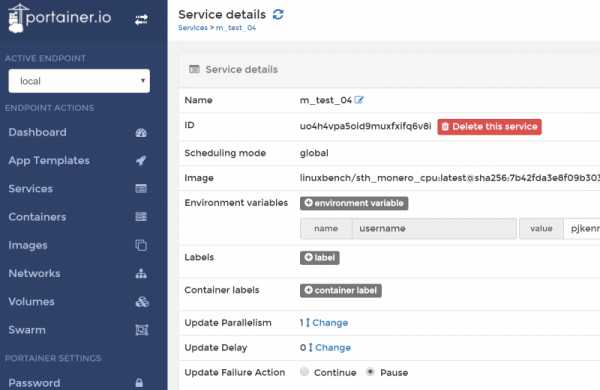 Portainer Global Service Detail Monero Mining
Portainer Global Service Detail Monero Miningwww.servethehome.com
Криптомонстр: Майнинг monero cuda linux
Криптомонстр предлагает вам самую актуальную информацию о криптовалютах. Только современные и модные способы заработка, никакой воды и сомнительных методов. Научись зарабатывать на блокчейне и стань миллионером!
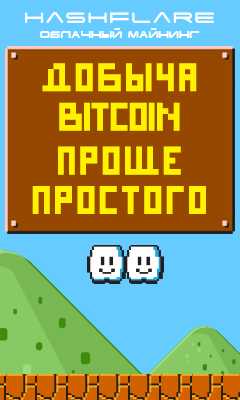
Ethereum is not yet another Bitcoin clone though, since it has an additional feature called Smart Contracts that makes it unique and very promising. I am not going into details how Ethereum works, you can get that into great detail on the Internet. This post is about Ethereum mining. Mining is how crypto coins are created. You need to spent computing time to get coins out. At the beginning CPU mining was sufficient, but as the Ethereum network difficulty has increased you need to use GPUs as they can calculate at a much higher hashrate than a general purpose CPU can do.
As it turns out modern graphics cards are very good at hashing so I gave it a spin. Initially I did this mining setup with Windows 10, as that is the operating system on my gaming rig. The hashrate multiplied by 4 by using Linux instead of Windows. Keep reading and follow this guide. You have to pick a Linux distro to use for mining. As I am a Debian developer, all my systems run Debian, which is what I am also using for this guide.
The same procedure can be done for Ubuntu as it is similar enough. For other distros you have to substitute the steps yourself. So I assume you already have Debian 8 or Ubuntu Install Ethereum Software First we need the geth tool which is the main Ethereum "client".
Ethereum GPU Mining on Linux How-To
Ethereum is really a peer-to-peer network, that means each node is a server and client at the same time.
A node that contains the complete blockchain history in a database is called a full node. We still need geth to create the private key of your Ethereum wallet. Somewhere we have to receive the coins we are mining Add the Ethereum APT repository using these commands: They are not really stored in the wallet because the wallet is just a private key that nobody has.
The balance of that wallet is visible to everyone using the blockchain database. And this is what full nodes do, they contain and distribute the database to all other peers. So this this command to create your first private key for your wallet: Anyone who has access to that file and knows your passphrase will have full control over your coins.
And also do not forget the passphrase, as if you do, you lost all your coins! This is your wallet address and you should write that number down, as if someone wants to send you money, then it is to that address. We will use that for the mining pool later. If you have an older card maybe the opensource drivers will work for you.
For the GTX 9xx or 10xx you will need this driver package. But before we can use that installer we need to install some dependencies that installer needs as it will have to compile a Linux kernel module for you. Install the dependencies using this command: The first time you run it it will create a DAG file and that will takes a while. For me it took about 12 minutes on my GTX After that is should show a inner mean hashrate. Pick Ethereum Network Now it gets serious, you need to decide 2 things.
First which Ethereum network you want to mine for and the second is using which pool. Ethereum has 2 networks, one is called Ethereum One or Core, while the other is called Ethereum Classic. Ethereum has made a hardfork to undo the consequences of a software bug in the DAO. The DAO is a smart contract for a decentralized organization.
Because of that bug, a blackhat could use that bug to obtain money from that DAO.
Майнинг monero на nvidia linux получится
The Ethereum developers made a poll and decided that the consequences will be undone. The hardfork kept its short name ETH. Differently said, ETC mining is currently more profitable. Pick a Pool Hmmmm, I want a swimming pool, thanks! You can mine without a pool, that is called solo mining, but you will get less reward. A mining pool are multiple computers that work on the same block to find a solution quicker than others.
The pool has an aggregated hashrate that is higher than other solo miners. Each found block by anyone in this pool will be rewarded to everyone in the pool.
майнинг на линукс | TheCryptoDB
The reward of 5 ether currently per block gets split in the same ratio of hashrate each member provides minus the pool fee. So while you get less for a found block, you still have a steady lower income rate instead of higher with less chance of finding one in time.
Run ethminer The instruction page of the pool website usually says how to start the miner program, but here is an example of the pool that I use because pony! Last edited Thu Nov 16
Дата: 30.07.2017
metallograd-rostov.ru
Криптомонстр: Monero майнинг rx 480
Криптомонстр предлагает вам самую актуальную информацию о криптовалютах. Только современные и модные способы заработка, никакой воды и сомнительных методов. Научись зарабатывать на блокчейне и стань миллионером!

Что бы получить наиболее объективную цифру, лучше рассчитать среднею от всех трех сервисов. R9 и более ранние: Стоит отметить что в процессе майнинга с вас будет взиматься комиссия разработчика в размере 2. Майнер от клеймора имеет закрытый исходный код, работает с использованием библиотеки OpenCL и распространяется только в виде исполняемых файлов для Windows.
Может работать как под управлением Windows так и под Linux.
Обзор оборудования для майнинга криптовалют
Майнер использует для работы библиотеку CUDA. Исходный код майнера является закрытым, но в отличие от мейнеров выше, тут нет никаких дополнительных комиссий разработчика.

В отличие от Клеймора, Optiminer на даннный момент работает только под управлением Linux 64 bit, несколько дней назад разработчик пытался портировать свой майнер на Windows, однако с первой попытки у него это не получилось, после исправления нескольких ошибок подряд, разработчик майнера пообещал вплотную заняться портированием майнера под Windows на следующей недели, сославшись на нехватку времени в данный момент и убрал альфа версию своего майнера под Windows, который никто так и не смог запустить.
Майнер так же имеет комиссию разработчика, однако в отличие от других майнеров, комиссия не отнимается из показанного майнером хешрейта. Весь хешрейт, который отображает майнер полностью идет вам, однако майнер в фоновом режиме параллельно добывает для разработчика, это доказывает что данная версия майнера на самом деле может выдавать гораздо более высокий хешрейт, однако часть хешрейта пока что заблокирована разработчиком.
Скорее всего после выпуска Клеймором очередной, более быстрой версии своего майнера, разработчик Optiminer полностью разблокирует свой майнер, тем самым уменьшив свою комиссию. Майнер имеет закрытый исходный код и работает на основе OpenCL.
Silent Army — один из самых быстрых универсальных майнеров с открытым исходным кодом написанный на языке программирования Python и работающий с помощью OpenCL. Хотя изначально SilentArmy разрабатывался для работы из под Linux, на данный момент его можно запустить и под Windows с помощью Cygwin.
В отличие от большинства других майнеров, Silent Army не имеет никаких комиссий разработчика. На данный момент даже последняя версия 0.

Первые версии Genoil ZEC miner постоянно зависали и вылетали, и некоторые пользователи даже придумали запускать специальный скрипт вотчер, который следил за процессом майнинга и при возникновении каких-либо проблем перезагружал майнер. В то время Genoil был самым быстрым майнером для GPU и примерно в 2 раза превосходил стандартный майнер от разработчиков монеты в производительности.
Genoil Zec Miner не взимает никаких дополнительных комиссий разработчика и использует для работы OpenCL. Использовался для добычи Zcash с помощью GPU, кроме того поддерживает и добычу на GPU, однако при этом хешрейты видеокарт оставляют желать лучшего.
Mining Ethereum With A Rx 480 8gb Using Minergate (Gpu stays under 54c)
Майнер имеет открытый исходный код и работает только под управлением Windows bit. Майнер привязан к пулу Nicehash, однако после того как разработчики открыли исходный код, появились форки майнера, которые могут работать на любых пулах. Подскажите в чем дело?
Дата: 31.07.2017
metallograd-rostov.ru

